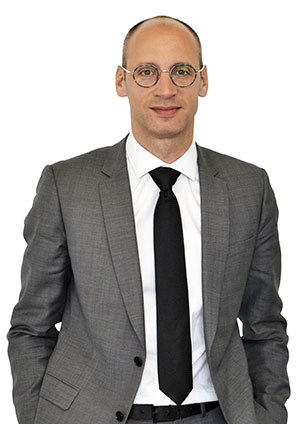The Smart City is at the centre of our preoccupations . But what will the city of tomorrow look like? What will be the newchallenges for smart cities?
Praemia REIM has spoken to a number ofSmart City experts to answer these questions. In episode 4 of our “Urban Revolutions” show, Charles Ragons, Praemia REIM’s Asset Management Director, gives us his vision of real estate in the smart city.

YouTube will only allow users to watch its videos if they accept the installing of trackers so that they can be shown targeted advertising according to their browsing history. You have rejected marketing cookies, including from YouTube. If you accept marketing cookies, trackers will be installed and you will be able to watch the video. You may withdraw your consent at any time by visiting our personal data and cookie policy page.
Change my consent preferencesWhat can you say about today’s discussions about cities?
Charles Ragons: Cities are changing, uses change as they are driven by modifications facilitated by the eruption of digital technology into our lives and pockets. Now our personal, professional and leisure spheres are all intertwined. And this is increasing daily and seriously affecting all of the real estate asset classes because the apprehension of use is now less linked to place than it was before. Places are less single-purpose and therefore will have to combine and integrate a lot more of what is going on elsewhere. So we are seeing changes in how people approach the places in which they live, move around or work. And so we have the connected city, this way of being connected everywhere is having a big impact on all of the property assets.
How is real-estate going to transform itself in this smart city?
CR: Today, we need to approach real estate through the experiences of those who will live in it. So this means not just the experience inside the property but outside of it too, in its surroundings.
So evidently, we must continue to address the classic, functional and technical property fundamentals as well as sustainable development when our buildings are first designed or during the interior works. Additionally we integrate an element of experience into the building with services that we can add to those already proposed around it. Evidently the eruption of digital technology into our lives rather paradoxically reinforces the interest and importance of bringing the human touch back into our buildings. A building is a living space and therefore a place for exchange, whatever its asset class.
And offices?
CR: As far as offices are concerned, this has long been an asset class that is closed in on itself and not open to its surroundings since it was the closed and confidential world of the business received visitors rather than being open. But businesses of today are a lot more open. There are exchange systems which allow for much more informality than before and generate better work efficiency.
We approach our office buildings in a much more holistic and dynamic way as things move forwards. The building flows change. There could be ground floor retail units that are open outside of the building’s opening hours, since they open onto the building’s exterior, but which could also serve the interior of the office building during its opening hours. These are all elements that we can try to manage in a multi-functional way. We no longer consider an office building as a commercial building that can only be used as a place of work.
The office bulding in the city of future is...

For me the office building in the city of the future is a connected building, connected to its surroundings, which brings the human element back into the centre of its preoccupations and that is a genuine business performance lever.



 et Firefox
et Firefox 